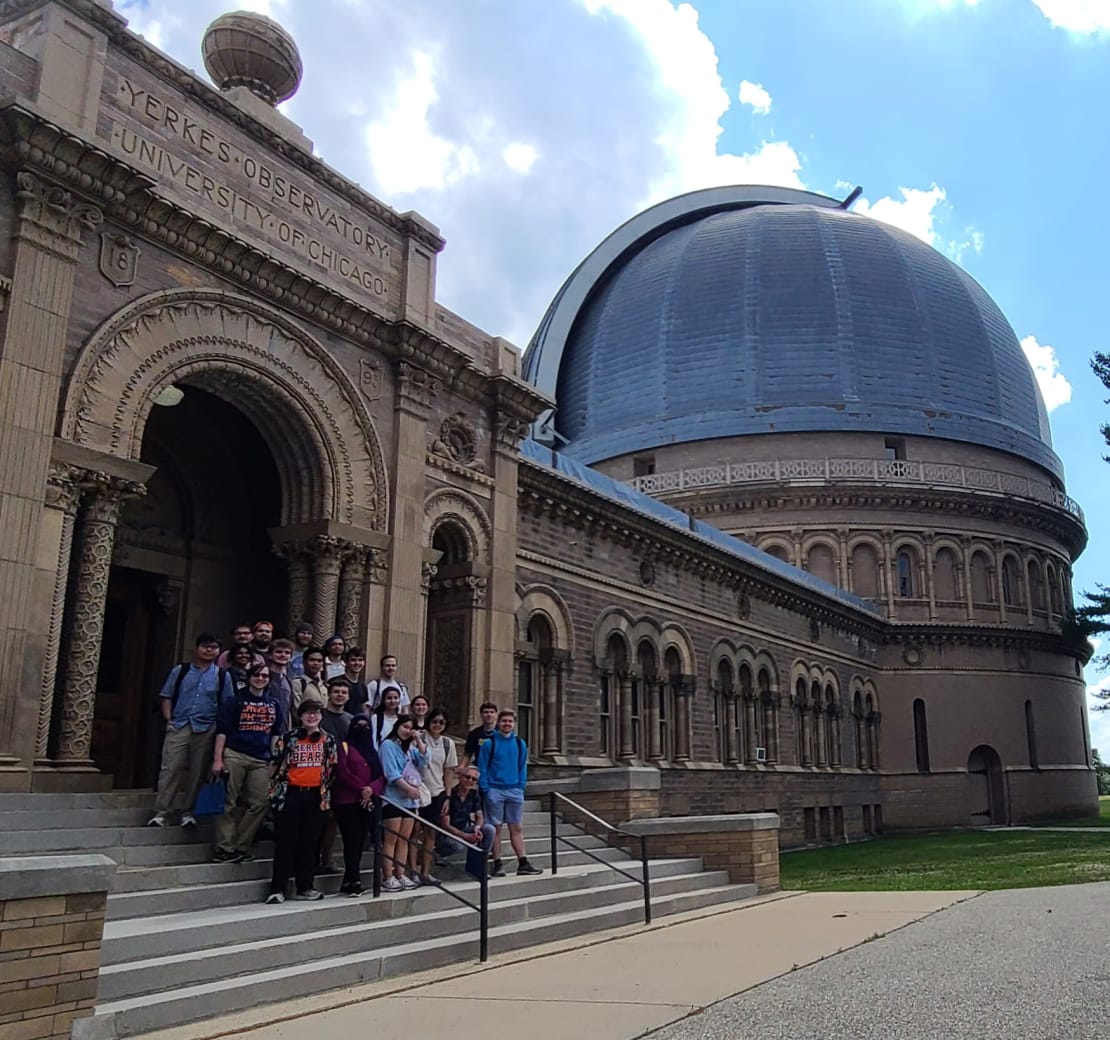
Over six weeks in June and July, 15 undergraduate and early graduate students from IceCube institutions, along with four visiting students, including an REU student, participated in the Cosmic-Ray Summer Program hosted this year at the University of Wisconsin–Madison (UW–Madison). The students gained hands-on research experience, attended lectures by IceCube scientists, learned software tools and data analysis techniques, and worked on individual research projects related to cosmic-ray science.
The program was funded by a U.S. National Science Foundation (NSF) grant for IceCube cosmic-ray analyses, part of a subaward given to the University of Delaware in 2022. Previously, it was supported by the IceCube EPSCoR Initiative, an NSF-EPSCoR grant awarded to the South Dakota School of Mines and Technology in 2020.
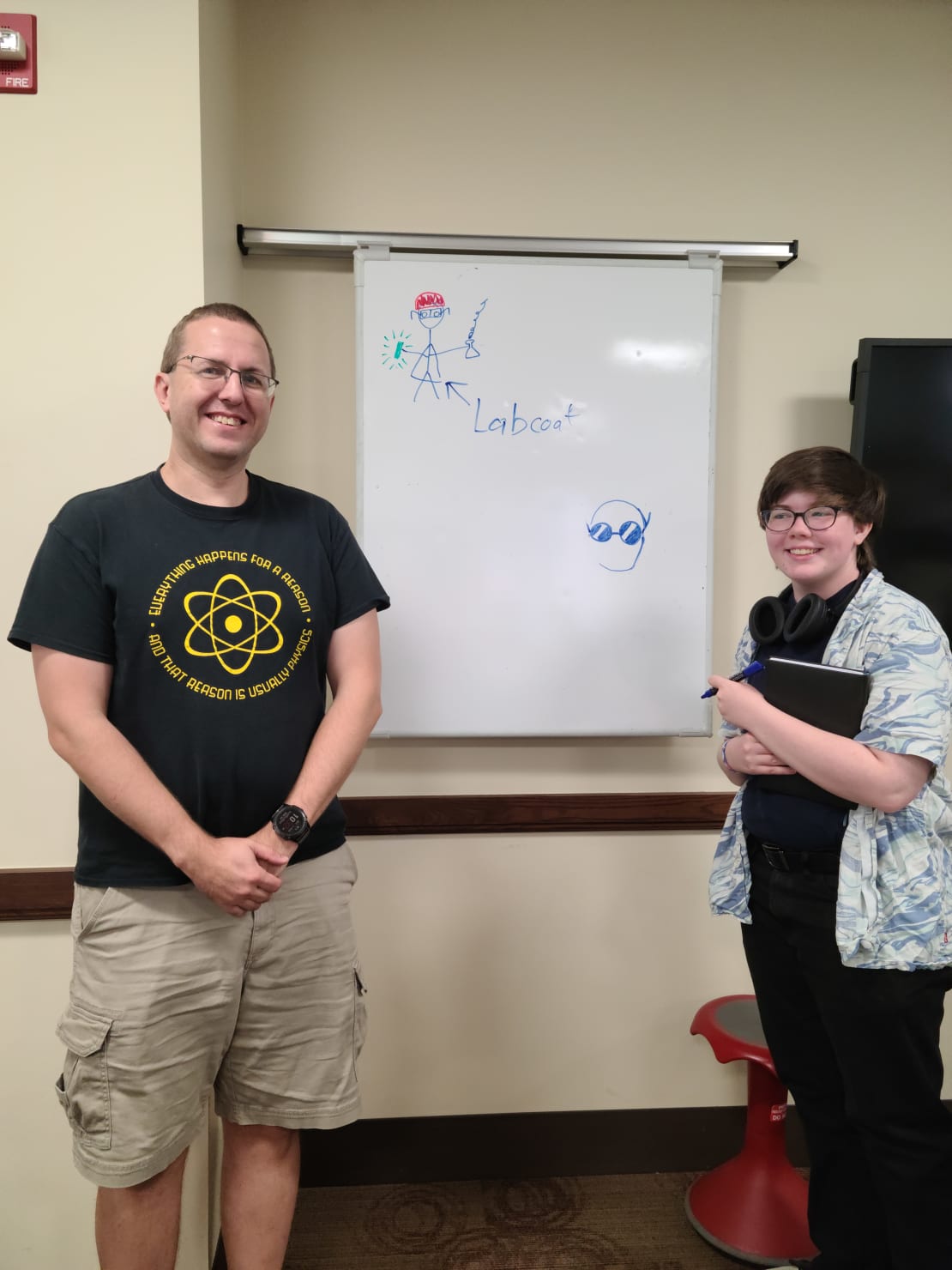
During the program, students attended a series of lectures covering general introductions to cosmic-ray physics and detection methods, including descriptions of various experimental devices and instrumentation technologies such as scintillation and radio detection. The lectures were delivered by nine professors, four researchers, three postdoctoral researchers, and two graduate students, all from ten different institutions within the IceCube Collaboration. Together, they provided the students with a comprehensive view of cosmic-ray science and demonstrated how experimental instrumentation can be used to study different aspects of cosmic-ray physics.
A few lectures included interactive features, such as University of Delaware Professor Spencer Axani’s two-day workshop on cosmic-ray detections with the Cosmic Watch tabletop detectors, which engaged students with measurement setups and statistical analysis of the data collected. Professor Matthias Plum from the South Dakota School of Mines and Technology offered a two-day workshop on machine learning, guiding students through various ways scientists can use these techniques to expand their scientific capabilities with experimental data.
The afternoons were dedicated to students’ hands-on projects related to various aspects of cosmic-ray detection and research conducted by the IceCube Collaboration, primarily using the IceTop surface array. Senior scientists mentored the students throughout the entire program period.
“It was a great experience to teach and talk to emerging experts on IceCube research,” says Paras Koundal, a postdoctoral researcher at the University of Delaware. “The program was a good mixture of lectures, hands-on experience, and personal projects. This allowed us to provide a comprehensive view for the students.”
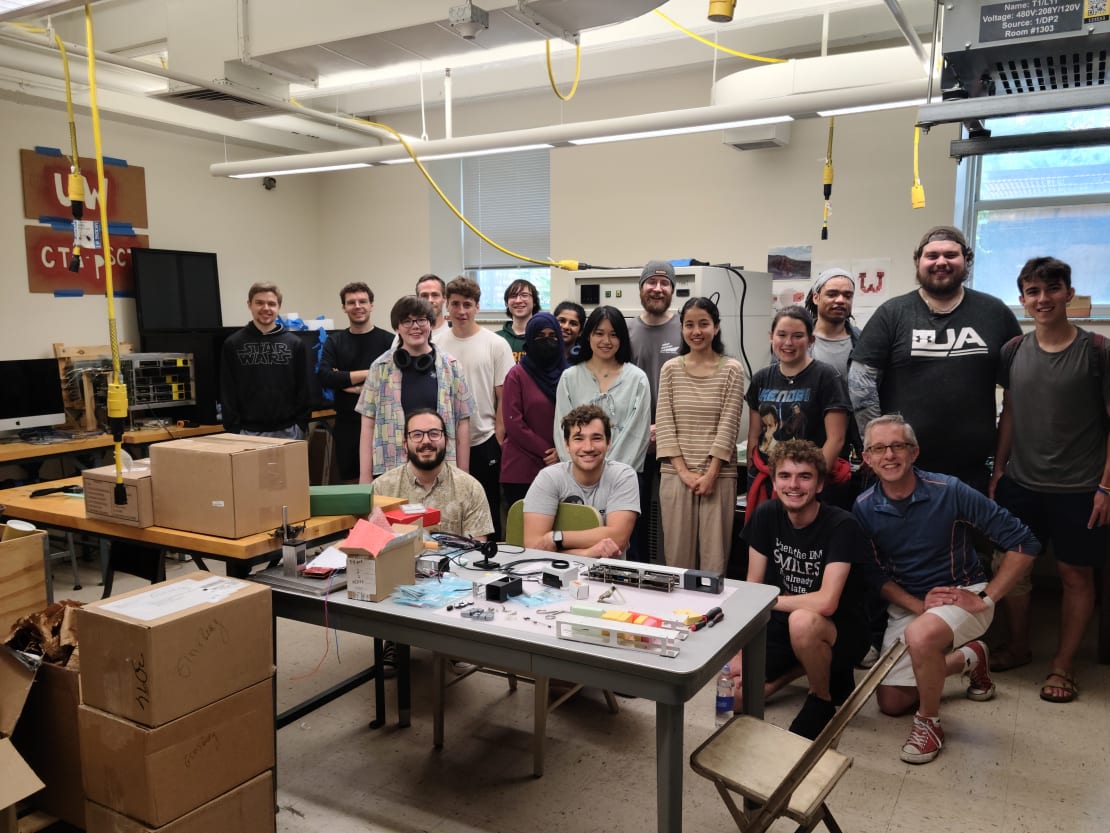
Students also visited astrophysics-related sites around Wisconsin, such as the Yerkes Observatory in Williams Bay and the Physical Sciences Laboratory in Stoughton, and toured laboratories in the UW–Madison physics department to learn about work on the Cherenkov Telescope Array Observatory and optical modules.
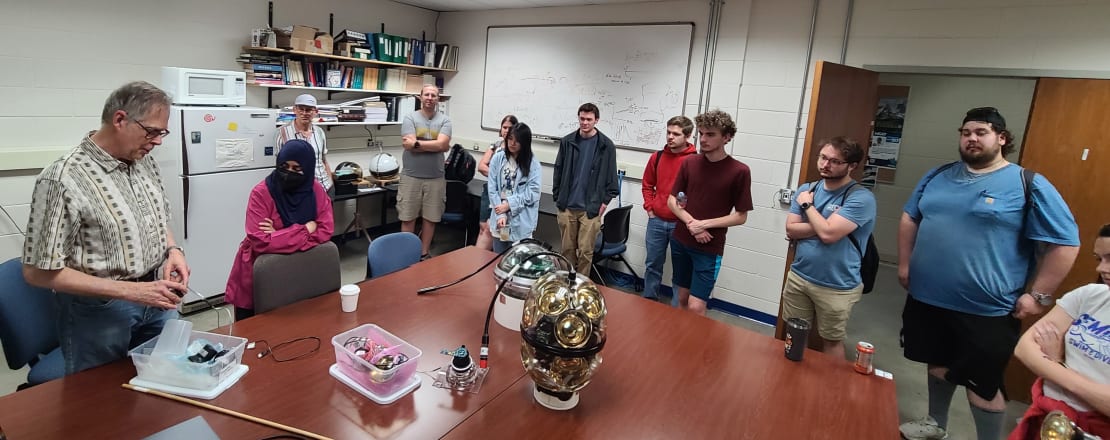
One of the highlights of the program was a lecture on the 1970 bombing of Sterling Hall, the venue for the program, given by UW–Madison history of science professor Devin Kennedy. “I thought it would be interesting to hear about the history of the building and its role during the Vietnam War protests and turmoil,” says Paolo Desiati, an assistant research professor at the Wisconsin IceCube Particle Astrophysics Center (WIPAC) and the organizer of the program. “I think the students loved it.”
The program culminated in student presentations that showcased their research projects using real IceCube data. Projects ranged from designing hardware for outreach activities to applying machine learning to reconstruct cosmic-ray events.
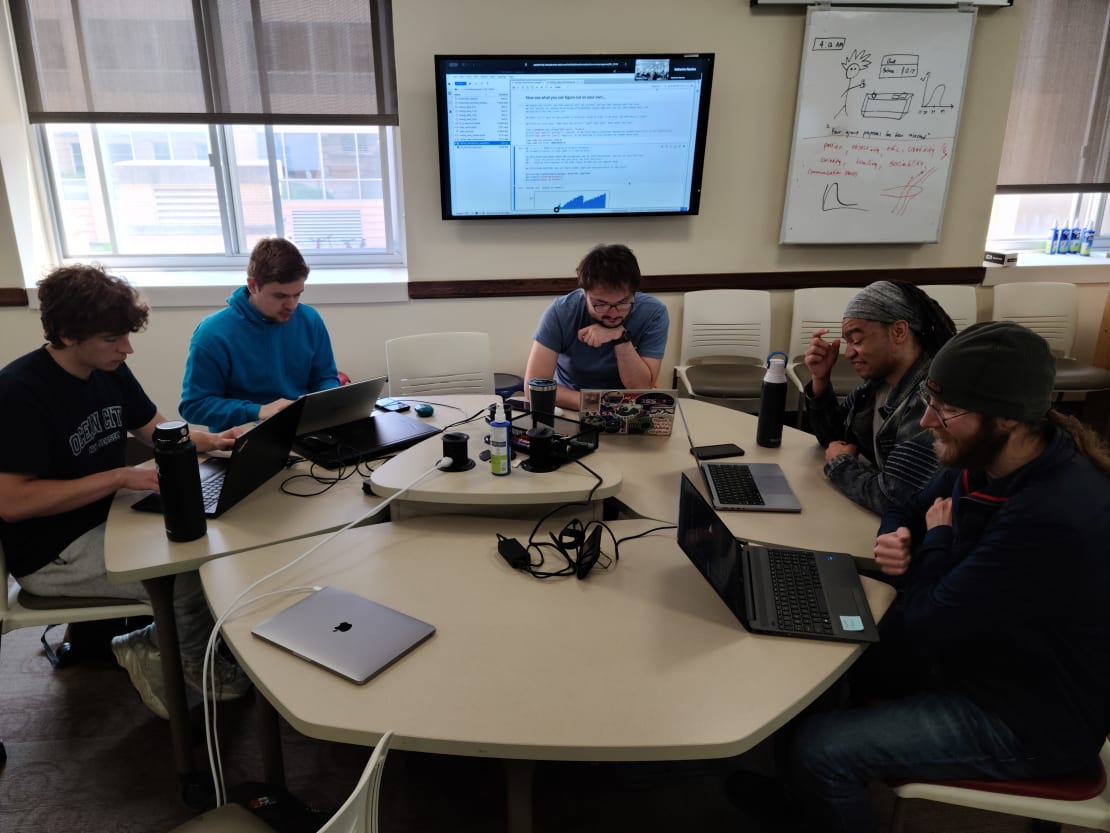
Miller MacDonald, an undergraduate student at Harvard University, worked on an analysis that searched for neutrino emission from galactic stellar clusters. Coming in, he knew very little about cosmic-ray physics and found the program to be “very eye-opening and enlightening.”
“The daily lectures were very informative, but I think that the great community and the welcoming and kind nature of my fellow colleagues were the highlights of the program for me,” says MacDonald.
Another participant, graduate student Yuca Chen of the University of Delaware, enjoyed “meeting and working with people in the IceCube Collaboration.” “I found this super helpful for both getting help more quickly and becoming more comfortable working in IceCube,” says Chen.
Ray Spencer, another graduate student at the University of Delaware, is hoping to participate in the program again in the future.
“I’ve enjoyed many things about this program, including understanding particle astrophysics better and learning more about a major international project, that I was completely unaware of,” says Spencer.
Desiati hopes to continue the program, as he sees it as a one-of-a-kind opportunity that he wishes he had as an undergraduate student.
“For me, this was a marvelous crash course on mentoring as it was particularly intense and challenging, but also rewarding,” says Desiati. “I can only hope the students enjoyed it as well and that they will remember this as a valuable and transformative experience.”